Recycle THIS!
Pots, flats and other horticultural plastics can be a challenge to recycle. But the options are expanding, and programs are cropping up in communities all over the country to handle these products more efficiently and safely.
Thanks to their lightweight, versatile nature, plastics have found a multitude of uses in crop production and landscaping. Around the world, millions of tons of plastic are used each year to cover greenhouses, make containers and plug flats, and even mulch vegetable row crops. However, the fate of plastic in our environment is a serious issue.
Our “green” industry has not always been so green when it comes to reusing and recycling the vast quantity of plastic generated. Landfills are not an appropriate option, and unless it’s stringently controlled, burning can release potentially dangerous compounds into the atmosphere. Containers can be reused, but there are issues related to sorting, cleaning and disease control. Greenhouse coverings and mulch films cannot be reused because they deteriorate under UV radiation. Plus, horticultural plastics get dirty.
Several different types of plastic are used in the horticultural industry, including low-density polyethylene, high-density polyethylene, polypropylene and high-impact polystyrene. To maintain the highest quality of the recycled product, these need to be carefully sorted and handled separately. And even when properly sorted, various contaminants including soil and organic matter reduce the quality of recycled plastic compared to virgin material. Every time plastic goes through the recycling process, contaminants and structural degradation reduce the quality of the plastic, such that it may become more difficult to remanufacture the same product.
The Good News
The good news is that there seems to be an ever-expanding number of opportunities for recycling horticultural plastic. Not long ago, plastic was thrown into landfills or even shipped away to places like China. Now, there are even cities that collect horticulture plastic curbside, a trend that would be great to see all over the country. Prices for recycled plastic are improving after a drop last year, and there is more interest from the plastic recycling companies to learn how to collect, sort, clean, grind and sell horticultural plastics. It seems to be getting easier to find companies willing to partner with community organizations for recycling events. Some states, such as New Jersey, have developed programs to facilitate the collection of greenhouse plastics. Some professional horticulture groups, including the Minnesota Nursery & Landscape Association, have developed programs to collect plastic, and some retailers both big boxes and independent garden centers have initiated programs to collect and recycle plastic containers and trays from gardeners. All of this is good news.
One of the most successful recycling programs in the country for horticulture pots and trays was developed by Steve Cline at the Missouri Botanic Gardens. He has teamed with local retailers and recyclers to develop a model program that is the envy of everyone who’s seen it. There are several drop-off points in Greater St. Louis, and the collected plastic is transported to a single location for grinding. He has been able to secure funding for collection bins specifically designed and labeled for horticultural plastic. At this time, Cline and his team are grinding all the plastic together without sorting, and it is eventually made into landscape timbers. They even have their own grinder! According to the botanic garden’s website, the Plastic Pot Recycling program has saved more than 680,000 pounds (340 tons) of plastic garden pots, cell packs and trays from landfills since its inception.
What You Can Do
Until we can generate revenues and support for such facilities, the rest of us can do our best by identifying local recyclers and working out collection mechanisms. Many recycling companies require a minimum amount of plastic before pickup. This can require that you store plastic until you’ve accumulated an adequate amount or that you band together with several area retailers and combine your plastic. Localized collection sites, preferably with capacity to bale and grind plastic, would be ideal. Some retailers and growers have purchased used semis for on-site storage until collection.
Volunteer-staffed recycle drives are still an important means of collecting plastic and directing it to appropriate recycling companies. These can be organized by individuals, communities, growers and retailers. They generally require large amounts of coordination and volunteers, and they may require subsidization, depending on the amount of plastic collected, density of packing and distance to the recycler. At Michigan State University, we’ve conducted two successful recycling drives and collected more than four tons of plastic. In Emmet County, Mich., a collection drive this spring collected nearly five tons of plastic in four hours! There are many more successful examples. It is clear that the gardening public, greenhouse growers and landscapers are eager to divert more plastic from landfills it makes economic and environmental sense. They just need to be given the opportunity!


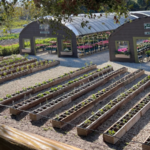
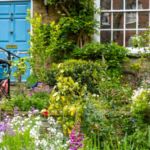


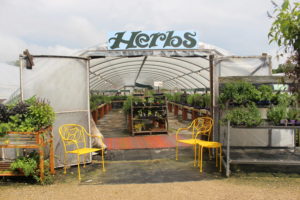
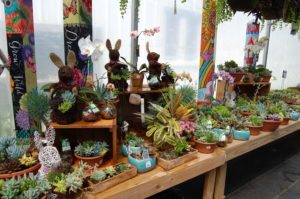
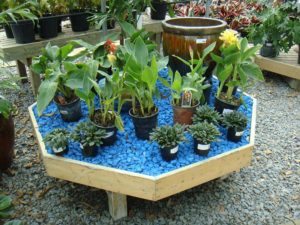



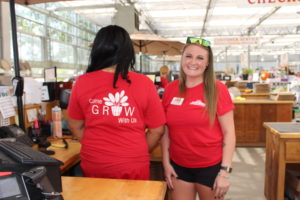

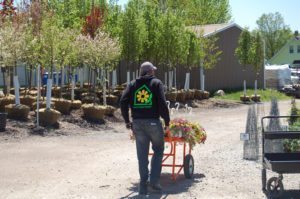
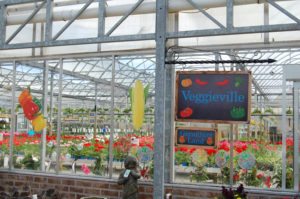

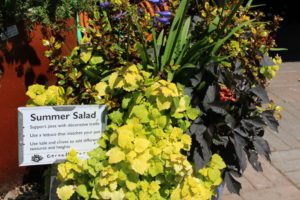
 Videos
Videos





